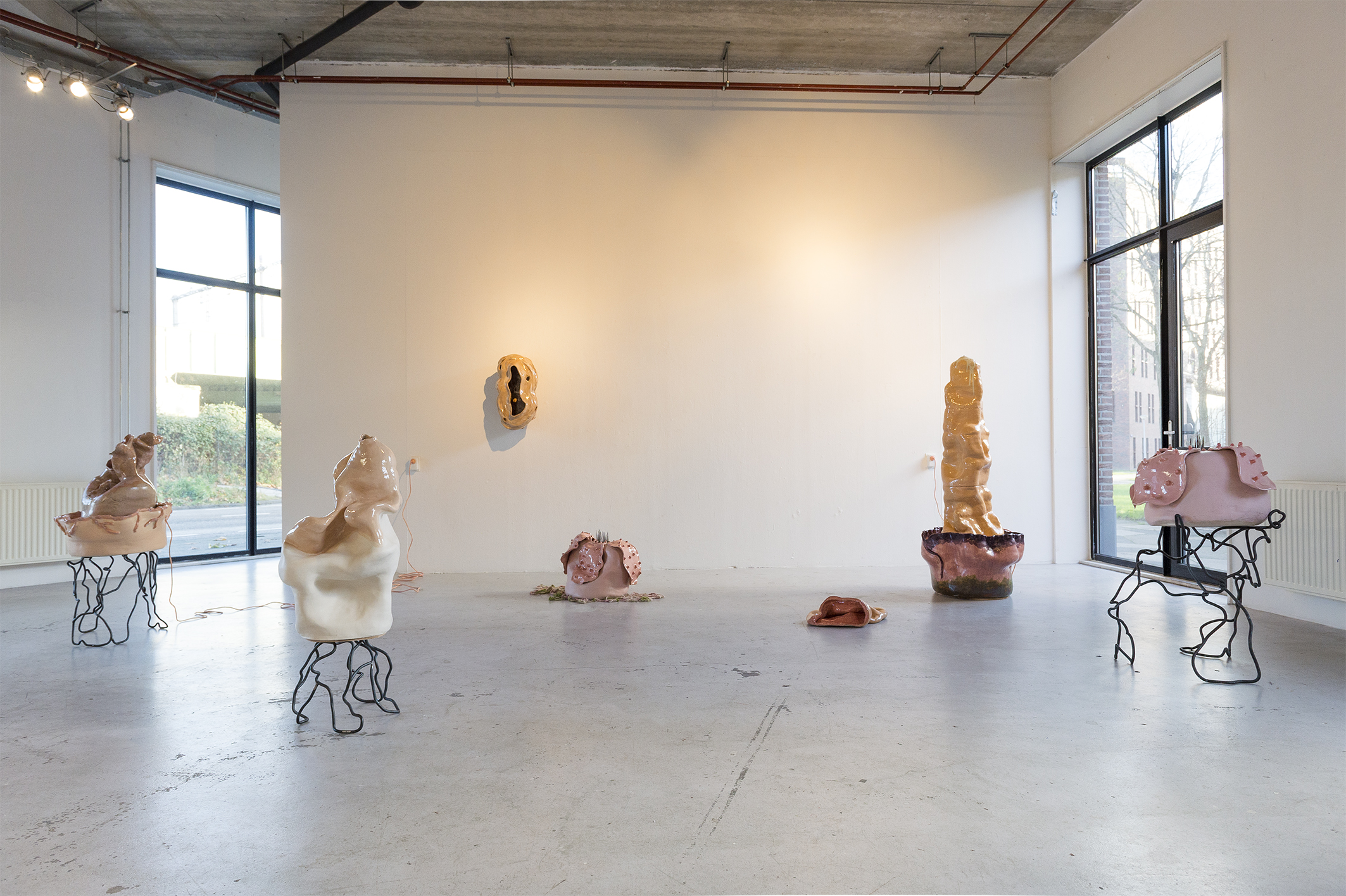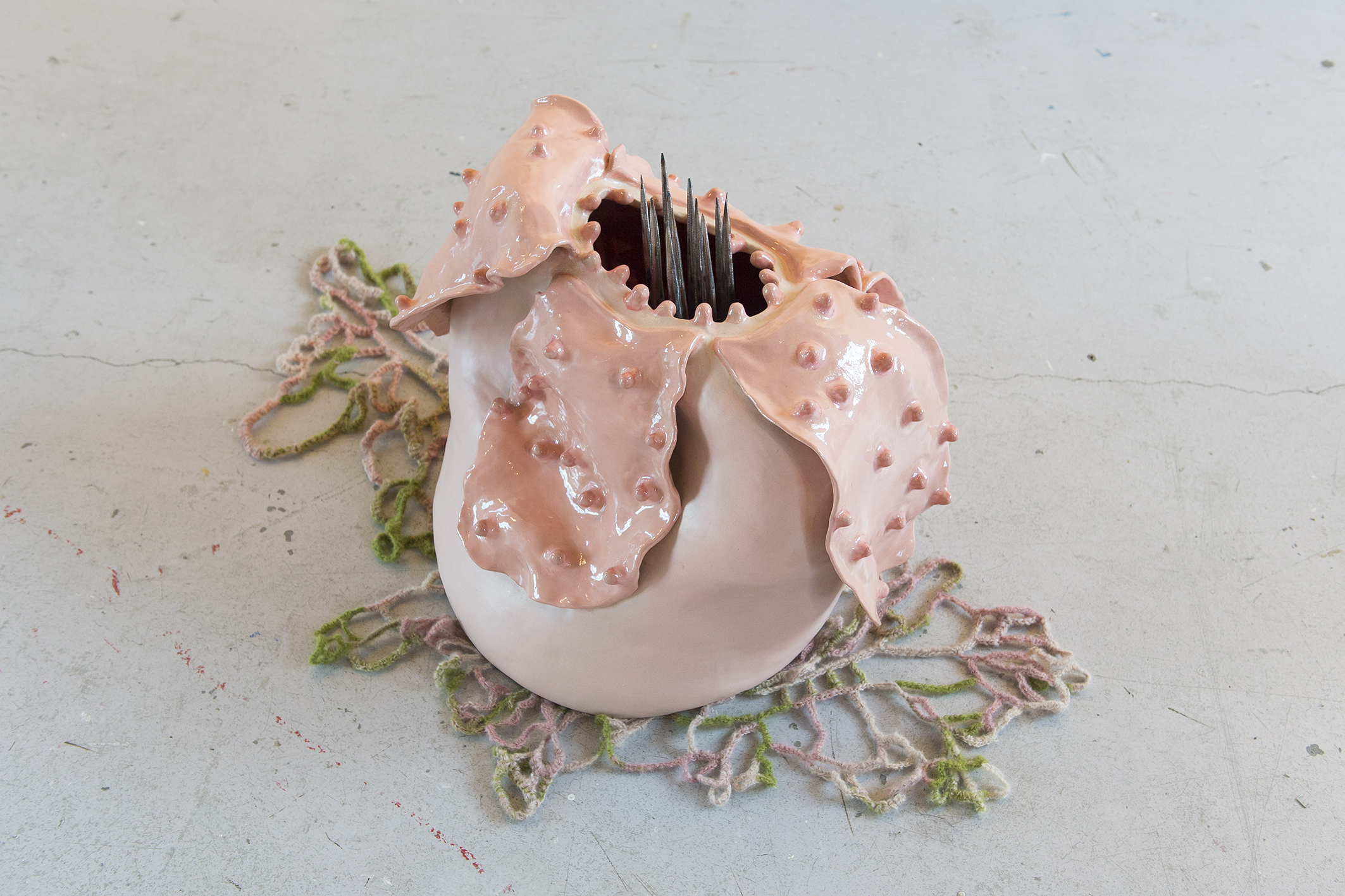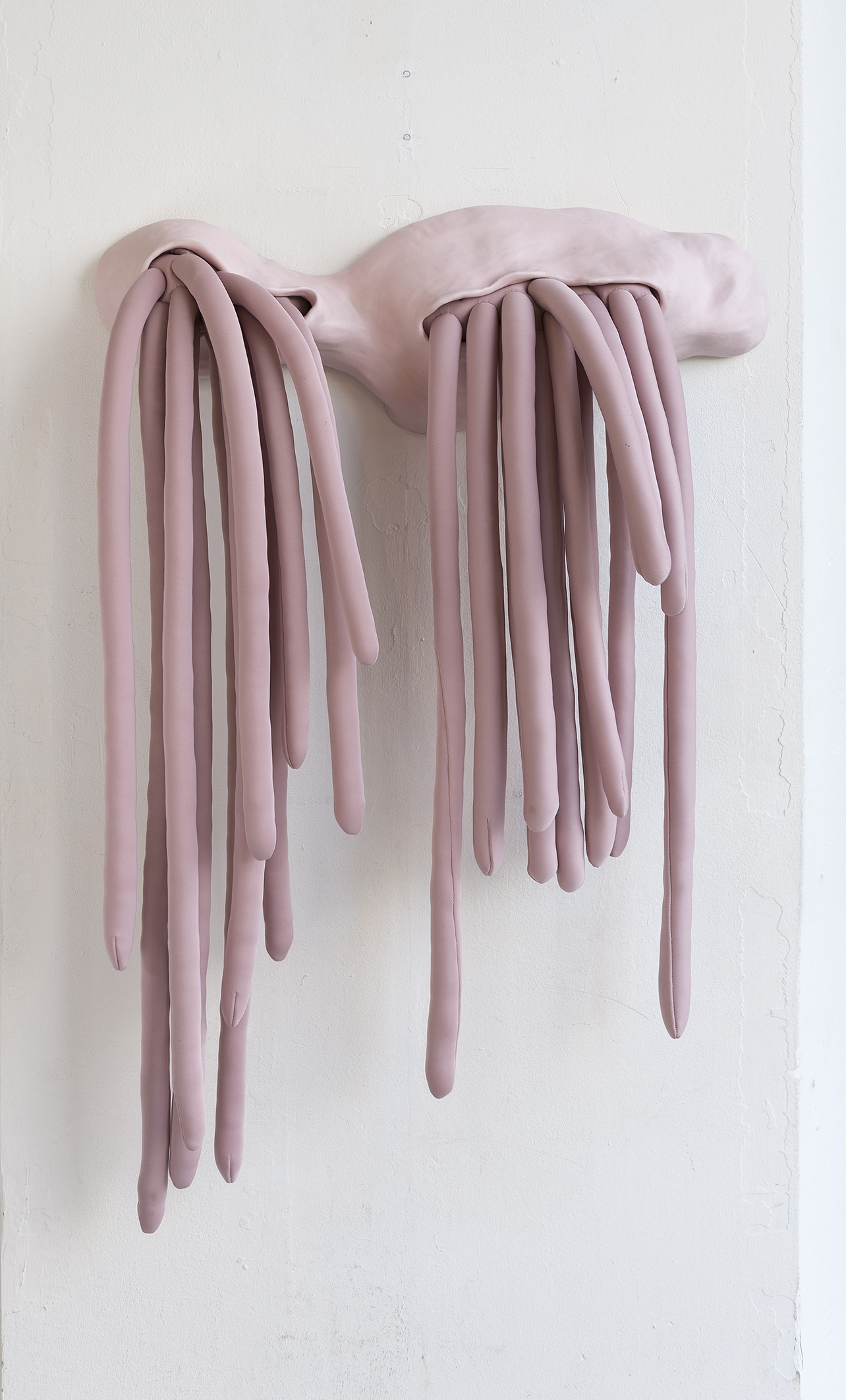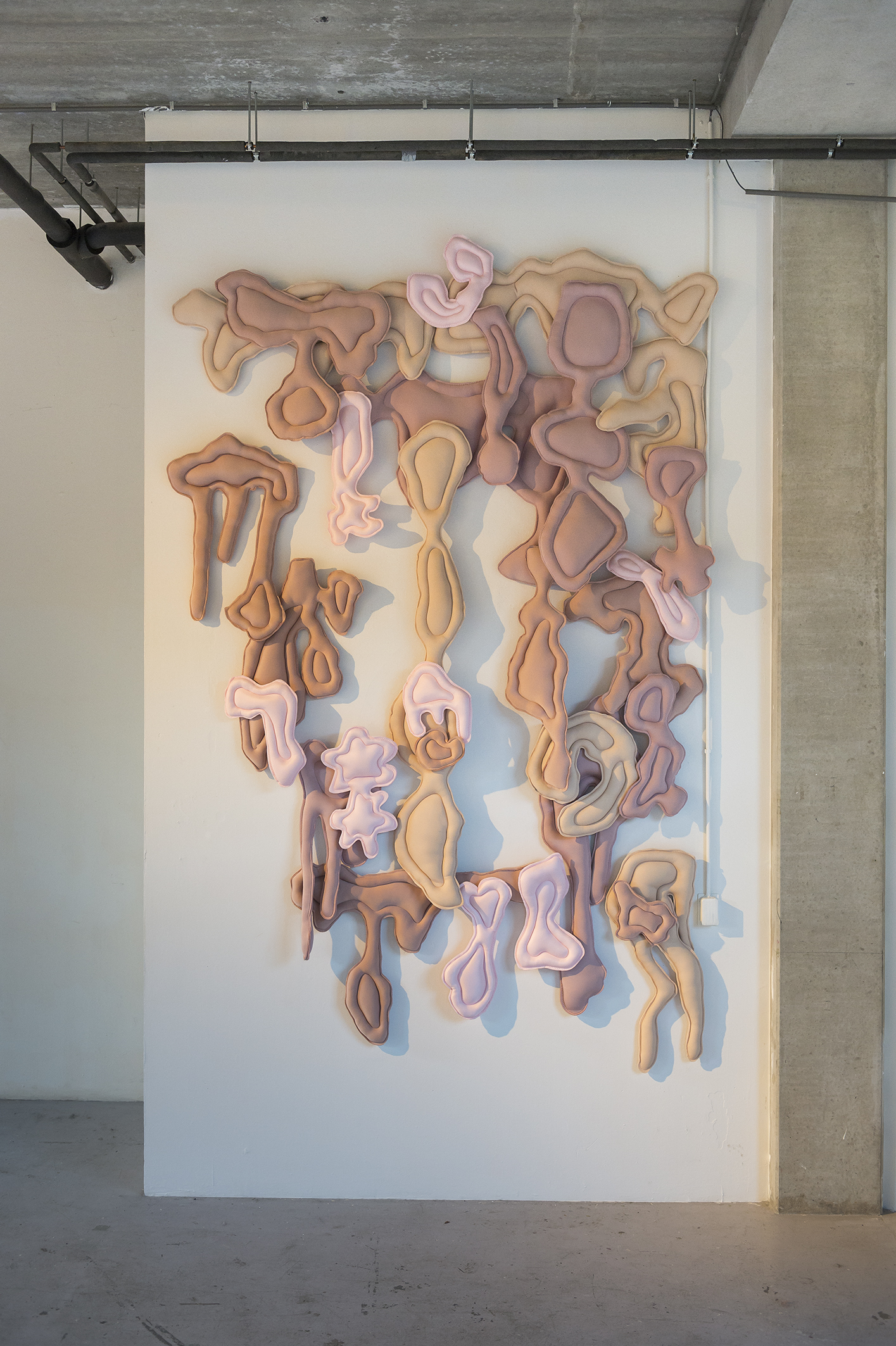THE LIGHTSEED
As light touches the surface of Earth’s disturbed waters, we enter a moment in time where a change begins to grow within us. Like a seed in the darkness of the soil, our cells start to form a pouch of flesh filled with light.
Its first discovery was when a young woman named Elana underwent an X-ray due to ongoing chest pains. However, nothing seemed abnormal regarding her heart's health. On the X-ray image, illuminated by the lightbox in the sterile treatment room, a small white dot appeared on the vena cava artery. This artery is responsible for carrying purified blood from the liver to the heart. The dot was not meant to be there.
This was the beginning. The small white dot grew larger, transforming into an amorphous shape with twisted roots. Tests were conducted on those who experienced unexplained symptoms, leading to the discovery of more people carrying this unknown organ. Eventually, a baby was born with the organ already nestled in its tiny chest, as if it had always been a part of us. People were scared, but also felt like something important was happening.
Scientists and philosophers came together to uncover why this new organ was beginning to grow inside people’s bodies all over the world, regardless of their background, gender, or ethnicity. The Lumen Nodus, or “Lightseed”, became the name given to the unknown organ. The debate was heated, and there was no consensus regarding its function or how it came into existence. At the same time, minor changes seemed to develop in the world that people had known.
The theories circulated quickly. Ecologists speculated that the organ's origin was due to a lack of oxygen in the air, resulting from the disappearance of forests and the absence of flora in our urban environments. Medical doctors believed it was a consequence of the prevalence of processed foods, which had replaced nutrient-rich options. Neuroscientists hypothesized that the small pouch formed due to overstimulation of the brain, caused by the overwhelming nature of the online environment.
A remarkable explanation came from a team of biologists, social scientists and philosophers. They argued that humanity was being outpaced by the sociological, economic, and technological conditions it had brought into existence, due to its drive to control the world. As the world grew more complex, confusion and exhaustion set in, causing individuals to become more self-centered and rigid in their thinking, which became an evolutionary disadvantage. Their disconnection with reality and society resulted in behavior that accelerated societal and ecological breakdown. In the team’s view, the evolution of the Lightseed was a way of the natural world–for Earth itself–to adjust to the current condition, guiding humanity toward a new equilibrium. Not necessarily by enlightening people on an intellectual level, but by reuniting thought and feeling, critical analysis and empathy–by synthesizing the heart and mind.
Despite the promise of change, misinformation quickly spread, claiming the new organ was either a malignant tumor or a tool for authoritarian regimes to exert control over the population. As rumors swirled, fear and paranoia took root in communities around the world. Driven by this growing anxiety, some sought drastic measures, opting for risky surgeries to remove the Lightseed. But in doing so, they often found their anxiety, confusion, and exhaustion only deepened, leaving people more disconnected from themselves and each other.
Amid this turmoil, Elana—the first known carrier of the Lightseed—began to sense subtle shifts unfolding within herself. In the midst of growing complexity and uncertainty, she felt a quiet, yet powerful sense of calm. Instead of succumbing to helplessness or indifference, Elana began to see the world with a clearer vision, feeling both empowered and profoundly connected to those around her. She began to gather others who, like her, had discovered their new organ and were beginning to experience similar alterations within themselves.
Though the changes in the world around them were still barely perceptible, Elana couldn’t help but wonder if the transformation they were experiencing were part of something larger, something that could eventually shift the course of human existence and Earth itself. Within her chest, Elana felt the warm, rhythmic pounding of something new. |








